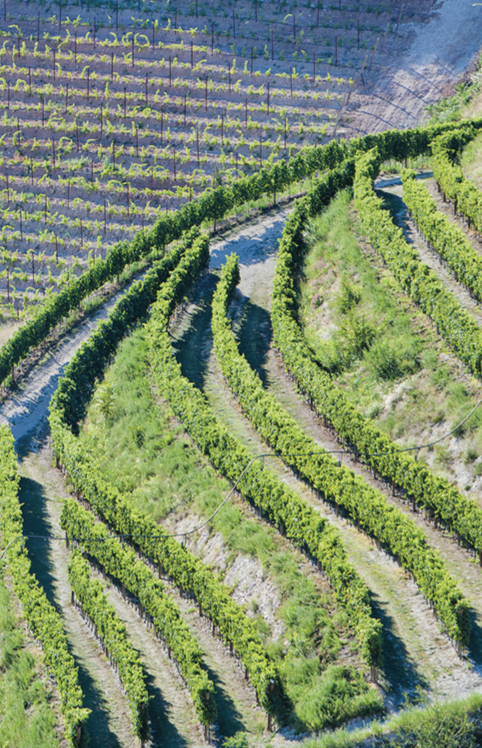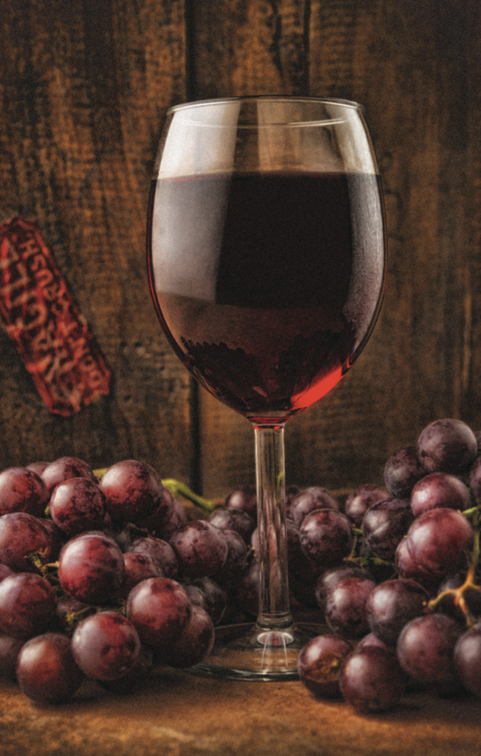
Bitter in name only. Translated facetiously, the term Amarone would be equivalent to something like Very Bitter, but this wine is actually quite different from every standpoint, starting with taste—naturally, because it is a drink with good body and plenty of nuances, a round palate and a finish that is anything but bitter. But it is also different in terms of the success of a label that, as it is now, seems relatively young in the history of winemaking yet has already won the highest honors and has gained widespread recognition on the market. The official timeline of the red wine called by the correct appellation still used today, namely, Amarone della Valpolicella, did not commence until the 1950s. In fact, it was in 1953 that the first bottle was sold from this production zone: Valpolicella, a hilly area in northeast Italy, in the Veneto region and specifically in the province of Verona.

Nevertheless, the complete genealogy of this precious wine—six out of ten bottles are exported, mainly to the United States, Canada, Germany and Great Britain—goes back to much earlier times. It seems that the first acknowledged precursor of Amarone was produced in the 4th century AD. Called Acinatico, it was made with a distinctive technique for drying the grapes.
The first unlabeled bottles of Amarone began to circulate in the early 20th century, but only for home consumption or as a gift for friends. We are already on the path that will lead straight to this wine, which has now become a cult, although the “disciplinare” or regulations for its production and recognition of the DOC appellation would not arrive until the late 1960s.
Today the process is conducted according to very strict methods that are essential to achieve the quality of a wine that, in the United States, sells for between 35 and 190 dollars. Naturally, the size of the winery is important (because keeping a wine on the premises has specific annual costs), but so are the aging process and particularly good vintages.
However, in a bottle of Amarone della Valpolicella you are sure to find a red made with grapes that have already been very carefully selected in the vineyard (the regulations forbid picking more than 50% of the clusters) and then followed step by step from the first and very distinctive process of drying the grapes, which concentrates the flavor and is what makes the wine unique.

The Consortium for Valpolicella wines cautions that when buying a bottle of Amarone della Valpolicella, you should pay attention to certain aspects.
1. The wording must be complete: if the label says only Amarone, put it back on the shelf and keep looking.
2. Make sure the bottle has the Italian government band on it: the code on it makes it possible to trace the wine to the producer and its product certification.
3. The percentage of alcohol must be listed (between 14.5 and 16%).
4. If the label says Riserva, this means the wine has been aged at the winery for at least four years.
